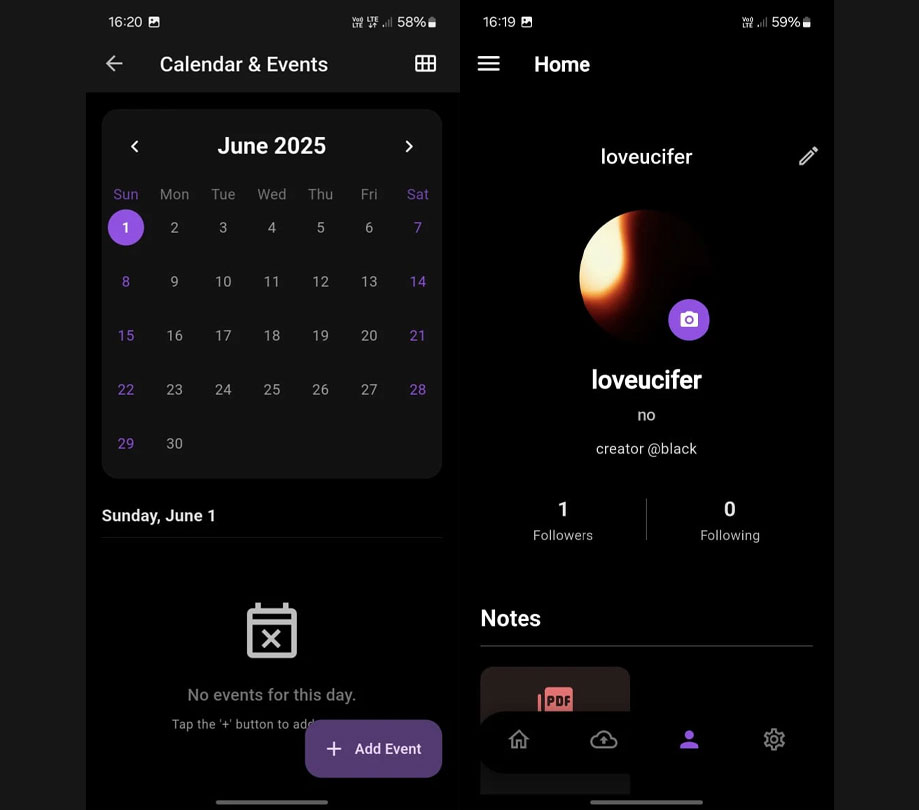Marketing & Promotion
Building a Modern Growth Stack
Tuesday, December 27, 2016

|
Janice Ryan |

At the onset of building out any startup there are a number of challenges to face. Founders must focus on everything from raising capital and finding the right team members to identifying what to build versus what to outsource or who partner with to bring a product to market. Attention to these important first steps can either make or break a company in the short term and are key to ongoing success in the long term.
When we started building our business and fleshing out the details around our app, we strategized an early version of our growth stack - the tools we would be using to go from concept and development to launch and ongoing updates. As we grow and morph as a business, so does our growth stack. Recently, I had the opportunity to uncover some key insights at the GrowthStack conference in San Francisco:
In the beginning, focus on tools and services to drive growth and retention
In the outsource world, there are a number of service providers that every app developer (and startup for that matter) should be considering as part of their growth:
- Analytics providers are essential for knowing key activity metrics within your app or mobile website. At launch, look to Google Analytics, and, as you grow to the enterprise level, consider companies like Amplitude or Localytics. Keep in mind that at this level it can get expensive, so shop around to find the one that best fits within your budget.
- Marketing-automation partners manage the lifecycle of your users and are there to drive push notifications, in-app messaging, and email management. These services also help to ensure that you are sending the appropriate messaging at the right time. When you first start out, you may just use MailChimp or SendGrid on your own to manage emails, but as you grow and want to time all of your messaging to when and how your users are engaging with your app, you may need a more complete solution. Some of the best marketing automation companies out there include AppBoy, Kahuna, Iterable, and LeanPlum.
- Attribution partners are there to help when you’re buying new traffic or looking to re-engage lapsed users. They can also track your paid sources properly to understand the quality of traffic and measure LTV by source. Otherwise, you can’t determine what you should be paying by each source and optimize efficiently. Check out AppsFlyer, Adjust, Kochava, and Tune for possible partners to help out with attribution.
- Data visualization matters and having the ability to access and analyze it is critical to growing your business. This is for later stage companies with deeper pockets as these tools can be expensive if you’re just starting out. Companies like Tableau and Looker, among others, can help you to dive deep.
Building vs. buying - what makes sense and what staff is needed
At times, building internally may make sense. For instance, if the feature or service you need is critical to operating your business, then it may make sense to build internally. However, if the feature is not a core competency, is going to be really expensive or cumbersome to build, and there are no cost efficient options available—then, of course, outsource.
At Lucktastic, all of our development work has been in house. We first started with an HTML5 web app over four years ago, and that was built internally. We then built our native Android app and hired an external front-end company to build it in order to get to market faster. We realized that it was better to build in-house, so we hired up for both Android and iOS in order to launch our native iOS app.
Balancing the outsourcing opportunity cost and what you should think about
Our team outsources analytics, marketing automation, and the customer service platform (although we also have customer service reps on staff). Cost really comes into play here when thinking about building vs. buying. Some questions to consider: Do you have the right resources to build these tools? Are these tools core to your business? What could the team be building instead? How fast do you need them implemented?
As you address each of these questions, remember that there is always an opportunity cost. For instance, building your own in-house campaign management solution also means you have to manage scalability, feature support, and maintenance. So you don’t launch this tool and walk away, you’re going to need to keep iterating/fine tuning, and this can be a real resource drain.
When outsourcing, we always consider our third parties as partners. We’ve found that we wind up driving a lot of their product roadmap with features we need to better operate our business and our suggestions help them expand their offering to their other clients. So knowing that our partners are receptive to and prioritize our feedback is really important. It creates “skin in the game” on both sides, and they always work a little harder and iterate based on our needs.
Evaluate annually and evolve with the marketplace
Every year we evaluate all of our partners and go through rigorous due diligence in all of our growth stack verticals. Why? The mobile industry has been growing and evolving so quickly with new service providers entering the market regularly. Our current providers are also expanding (or contracting) their services, so by not evaluating what is out there periodically puts you at a disadvantage.
As you evaluate your partners, make sure that your existing roadmap and any future iterations align with theirs. Reach out to their customers for deeper insight into how they are working to drive success as well as the quality of service they provide. It’s also valuable to get to know your partners face to face to establish a productive relationship. While a phone call or Google Hangout can accomplish quite a bit, it is always helpful to sit down and strategize in person.
One-stop shopping - does it make sense?
One-stop shopping can be a good solution, but we’ve seen some issues with that in the past. If a provider is expanding too fast into new verticals, they may not have the support or speed to expand the product that we need to grow our business. One integration is certainly easier, but if you’re giving up a lot of features that are critical it may not be worth it to go the one-stop route. Keep in mind as you evaluate providers in a world of APIs there are chances that one is leapfrogging the other, and with one-stop shopping it may be easier to make a switch.
At the end of the day, if you transform you business and decide to build in-house, you need to have the resources to support this switch. Most startups lack unlimited resources to iterate and scale their product as well as build home-grown solutions. There’s constant prioritization that happens, and revenue generating product enhancements can often be prioritized ahead of other features that indirectly support revenue like reporting. On the flip side with partners, you may have less influence and be at the mercy of their roadmap and priorities. Understanding all of this and keeping a pulse on what makes sense to build vs. buy will ensure that your growth stack does exactly what you need it to do. Grow your business.
This content is made possible by a guest author, or sponsor; it is not written by and does not necessarily reflect the views of App Developer Magazine's editorial staff.

Become a subscriber of App Developer Magazine for just $5.99 a month and take advantage of all these perks.
MEMBERS GET ACCESS TO
- - Exclusive content from leaders in the industry
- - Q&A articles from industry leaders
- - Tips and tricks from the most successful developers weekly
- - Monthly issues, including all 90+ back-issues since 2012
- - Event discounts and early-bird signups
- - Gain insight from top achievers in the app store
- - Learn what tools to use, what SDK's to use, and more
Subscribe here












Comments